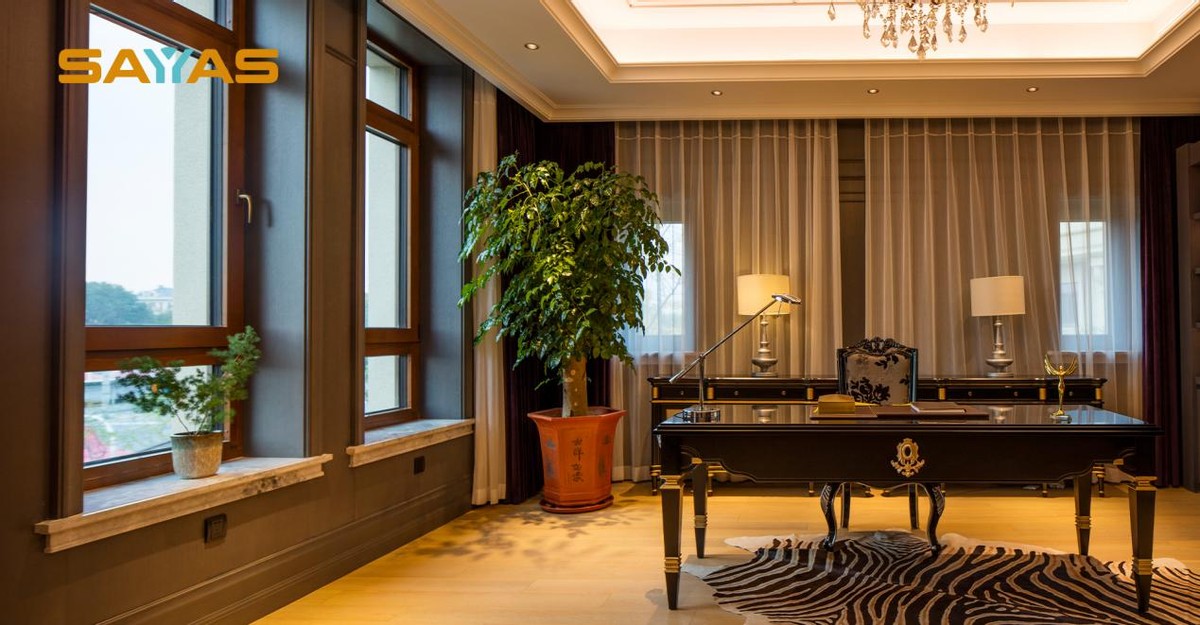Under the double carbon target of "carbon peak and carbon neutral", passive near-zero energy buildings, as one of the main means to achieve the double carbon target in the building sector, have been gaining momentum recently.

On February 10 this year, the National Development and Reform Commission (NDRC) and the National Energy Administration (NEA) issued the Opinions on Improving Institutional Mechanisms and Policy Measures for Green and Low-carbon Energy Transition, emphasizing the need to improve green energy use in buildings, upgrade building energy efficiency standards, promote the large-scale development of ultra-low energy buildings and low-carbon buildings, promote and support energy-saving renovation of existing buildings, actively promote the use of green building materials, and improve the management system of building energy consumption limits.
It is easy to see the importance of passive near-zero energy buildings for reaching the double carbon goal.
Yes, passive near-zero energy buildings will undoubtedly become the future trend of the construction industry, thanks to its five main features, such as: excellent thermal insulation performance, window frames and glass with good thermal insulation performance, thermal bridge-free design and construction, airtight envelope structure, high efficiency heat recovery or energy recovery new air system, and other features formed by the building's low-carbon operating capability.
Simply put, passive near-zero energy buildings are very energy efficient and even achieve "zero carbon emission".
Low energy consumption, more comfortable
Compared with ordinary buildings, energy saving is only one of the advantages of near-zero energy buildings. After all, a near-zero energy building is part of a building, and is composed of two parts: near-zero energy and building, while comfort is often more important for the building itself.
In terms of comfort, a passive near-zero energy building will be far ahead of an ordinary building. The principle of operation is like the insulation principle of a thermos bottle, where a highly insulated envelope keeps the interior at a pleasant temperature. Whether it is a cold winter or a hot summer, a passive near-zero energy building can maintain a constant temperature inside the building without temperature fluctuations or dryness.
At the same time, the high-performance fresh air system provides sufficient fresh air to maintain good indoor air quality while keeping the room temperature stable.
Safe and reliable, longer life
Thousands of Passivhaus near-zero energy buildings have been built over the past few decades and these buildings have shown excellent performance during their use. Hundreds of these houses have been subjected to rigorous testing and their test results have consistently been good. It is understood that Passivhaus buildings have been certified by history as a new type of building that is different from ordinary buildings.
The excellent thermal insulation, thermal bridge-free design and airtight envelope combination, in addition to the good physical characteristics of the building, also make Passivhaus buildings longer-lived than ordinary buildings.
Long-term economic efficiency is obvious
Passivhaus near-zero energy buildings are high-quality buildings that can be adapted to different climatic conditions around the world, depending on the components. For example, passive cooling is valued in hot climates, with measures such as shading devices and improved glass configurations. The investment cost will also be raised after the various configurations of the building are upgraded.
In the subsequent use process, passive near-zero energy buildings then can save a lot of energy, and the very low energy costs make it more economical than ordinary buildings.
In summary, I believe you have understood the specific reasons why passive near-zero energy buildings will become a trend, whether from the perspective of energy saving and emission reduction of environmental development, urban economic development costs or personal living comfort, passive near-zero energy buildings are much stronger than ordinary buildings, and will naturally be more welcomed by the public.
If you want to know more about passive near-zero energy buildings, welcome to visit Sayyas passive factory and explore the world of energy saving together. In the next issue, I will introduce the design and construction of passive near-zero energy buildings without thermal bridges, one of the five features of passive near-zero energy buildings.
Tel.
400-6700-999
Address
Address of Shuangcheng factory:
Crossroads of Songhuajiang Road and Xing'an Road, New Industrial Park, Shuangcheng Economic Development Zone, Harbin
Address of Haxi factory:
No. 9, Xinnong Road, Nangang District, Harbin
Address
Address of Nanjing factory:
No. 18, Zhonghuan Road, Jiangning District, Nanjing
Address of Nanjing office building:
Building F, Shimao 52 +, Yuhua District, Nanjing
JD official flagship store

Tmall official flagship store
